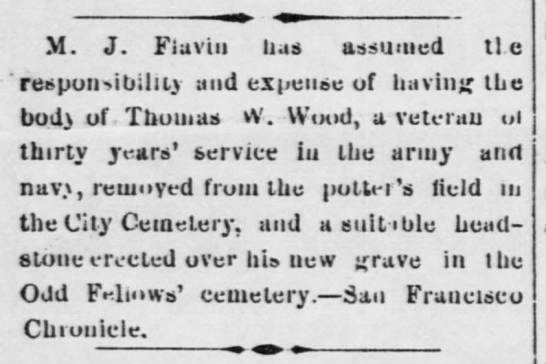Yesterday, Trina Robbins, the legendary comic artist, graphic novelist and historian — who was also one of my mentors and role models — died. You can read more about her incredible life in this New York Times obituary; the gift link will expire May 11, 2024.
I first learned about Trina in my early teens, when Eclipse Comics moved into the house across the street from ours in Forestville, California. I think there must’ve been an article in the local paper, saying that Trina was launching a new comic, California Girls, with Eclipse, and was seeking fashion designs from readers, especially young readers.
At the time, I was drawing a comic of my own (inspired by my classmate, Mark; you can see some of his characters here). It was about a rock band called Zoo, where all of the members were different animals. I sent Trina some sketches featuring two Zoo members modeling different outfits. Much to my surprise and excitement, she included one of my designs in issue 5, and also featured me as “designer of the month.”
Click on the photos above to see them larger.
It was my first time being published, and I still remember the thrill of it clearly. Although I was already writing constantly at the time, this was a milestone that gave me the confidence to keep going. In future years, I joined my high school’s newspaper staff, co-founded a newsletter with our environmental club, and published the school’s literary magazine my senior year. I’ve been a writer and journalist ever since.
Pages from California Girls #5, featuring the prairie dress I designed.
Also, I love that the design Trina chose was my “prairie dress.” If you’ve been following my work in recent years, you know I’ve never stopped dreaming of the perfect prairie dress. (See my video here.)
A lot changes in a year or two in a teenager’s life. Just before I turned 16, I discovered Jim Morrison and became obsessed. I bought a copy of “No One Here Gets Out Alive,” the biography of Jim’s life by Jerry Hopkins and Danny Sugerman, and inhaled it. Among its pages I found a familiar name: Trina Robbins. She and Jim apparently had a brief friendship and sexual relationship. I wrote to her, asking if she was the Trina Robbins in the book. She wrote back and said yes.
At the time they met, Trina was a fashion designer whose creations caught the eye of musicians like Mama Cass, David Crosby and Donovan. She also opened a clothing boutique, called Broccoli, in New York. According to the biography, Jim started hanging around the shop and he and Trina got to know each other. I was incredibly jealous, but did my best to be respectful. I asked Trina whether she had ever thought about writing about her experiences with him. She said she had, but she didn’t want to feel like she was monetizing the relationship like others were doing. I remember having so much respect for that stance, even though here was someone who had all these juicy details I wanted to know about.
In early college, I turned the tables by profiling Trina in the Santa Rosa Junior College newspaper, The Oak Leaf, giving her a two-page spread with many of her drawings. She’d just released her book A Century of Women Cartoonists. It was then that I began to learn more about her life as a pioneering woman artist in the male-dominated comics world of the 1960s and 1970s, and the fact that, in 1985, she became the first woman ever to draw Wonder Woman.
Once social media rolled around, I reconnected with Trina, especially on Facebook and Instagram. I realized we both lived in San Francisco, and we met up one time for lunch at Crepevine on Church Street; it turned out she lived about a block away, in a house she’d bought for next to nothing in the 1970s. It was incredible to finally meet and talk with this woman who’d been such a huge part of my teen life. Now, I imagine all the other people she inspired and mentored, and I’m in awe.
I’ve only just discovered that, in 2017, Trina did release a memoir of her life, which includes at least some of her stories about Jim Morrison. I’ve just ordered it, and I can’t wait for it to arrive.
Rest in power, Trina. You gave us all so much.





















